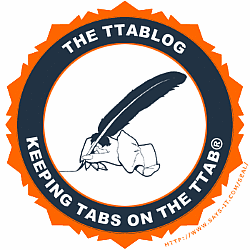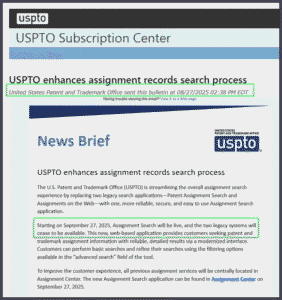 Thanks to John L. Welch’s hundreds of blog articles about 2d refusals, I have gotten to the point where sometimes I can guess correctly the outcome of an ex parte appeal of a 2d refusal. The alert reader might ask:
Thanks to John L. Welch’s hundreds of blog articles about 2d refusals, I have gotten to the point where sometimes I can guess correctly the outcome of an ex parte appeal of a 2d refusal. The alert reader might ask:
-
- What is a “2d refusal”?
- Why would it be interesting to try to guess “the outcome of an ex parte appeal of a 2d refusal”?
- How might it be that hundreds of blog articles by John L. Welch might lead to a situation in which sometimes I can guess the outcome of such an appeal?
- And, what can be said of John L. Welch’s extraordinary contributions to the trademark community through his blog? Continue reading “Learning to guess outcomes of appeals of 2d refusals”



